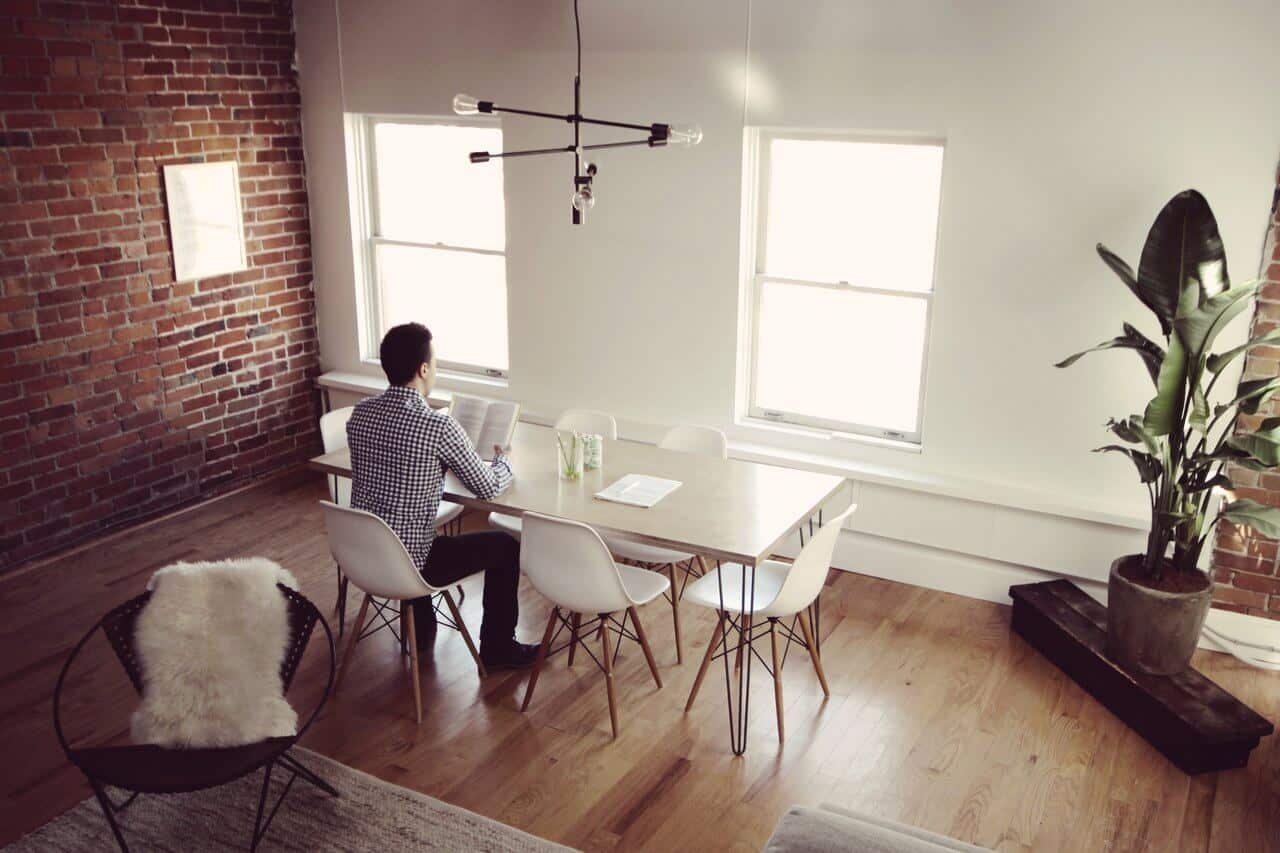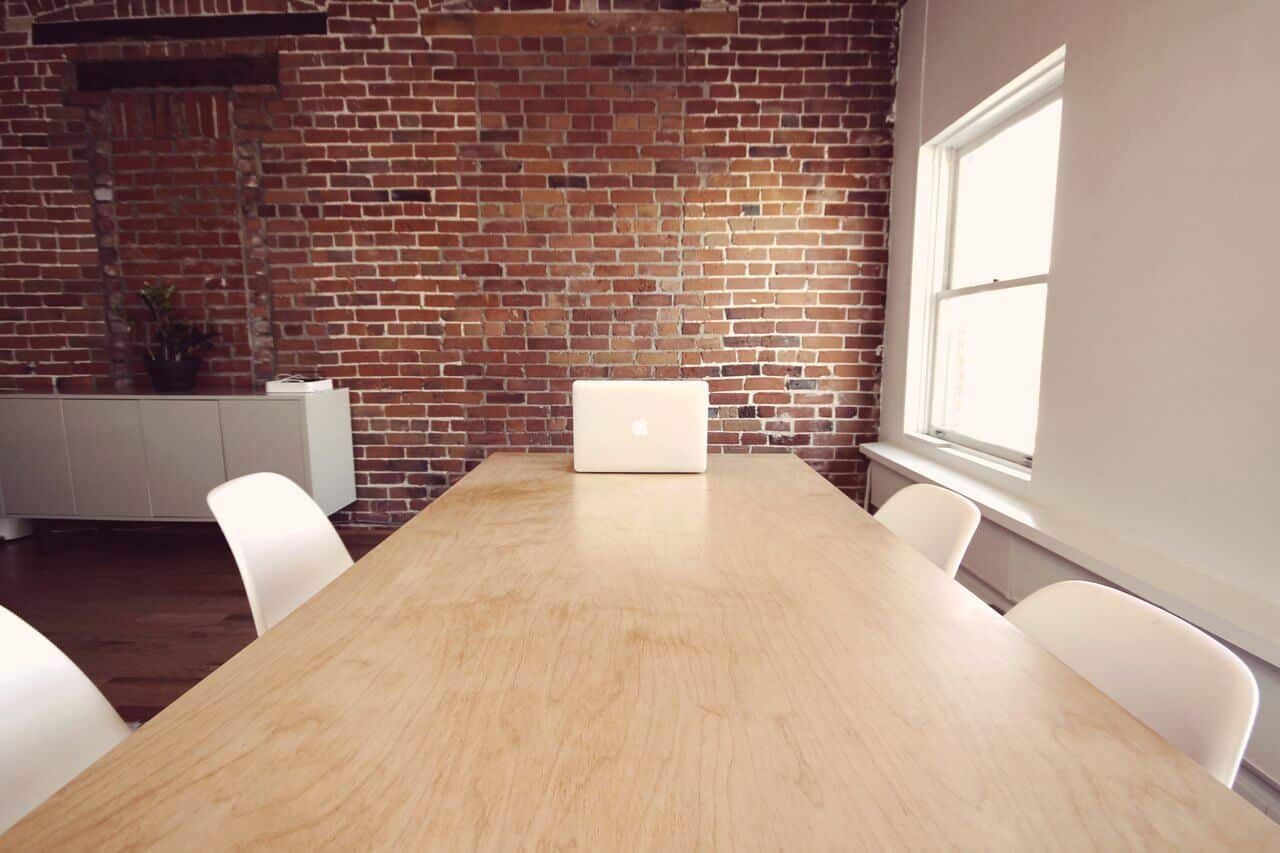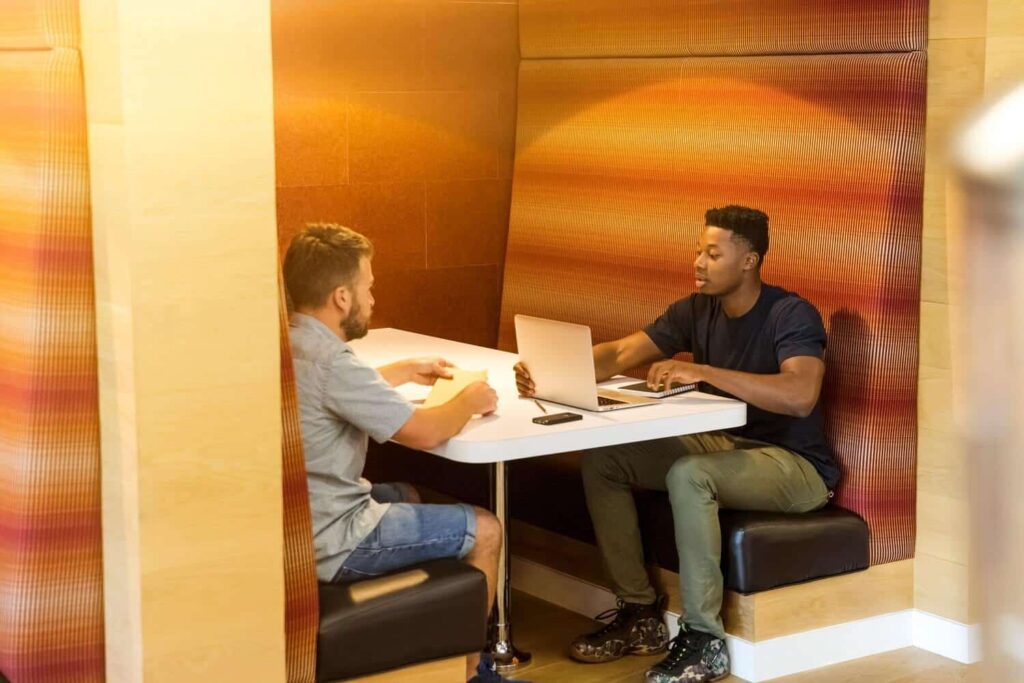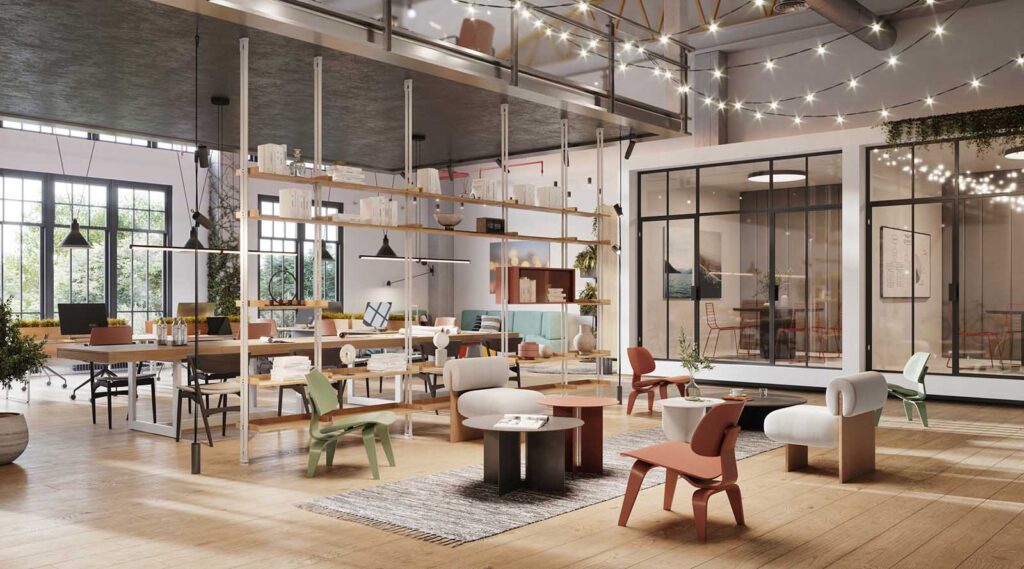Does Your Workplace Make Your Employees Happy? 7 Quick Tips for a Happy Office


A happy worker is a productive worker, and productivity means success for a company as a whole. So how can you promote employee happiness through creative office design?
Your employees spend a lot of time at the office, so it’s your job as a facility manager to ensure you’re creating the best work environment possible. If your space is bland and boring, chances are your worker happiness, creativity and efficiency will suffer. On the flip side, an inspired space that your employees feel excited to work in will make them happier, healthier and ultimately more productive.
Below we dive into seven ways you can improve the happiness of your workers through better office design choices.
1. Include an abundance of live plants

Adding a splash of green to your office creates a more relaxing environment and helps to make your workers feel better (literally) and helps eliminate that feeling of being cooped up inside.
And yes literally, live plants will also improve the air quality of your office and can actually improve worker focus. With these benefits in mind, make sure you splurge for the real thing and even get your employees in on the choices. It’s amazing what a little join team building activity like choosing office plants can do for morale.
And remember, fake plants speaks volumes about your office culture and your company’s values when visitors walk in the door, not to mention the health issues that come with unnatural plants (like dust allergens). Think twice about this option.
2. Place desks near natural light

Natural light has been shown to boost productivity and worker happiness. Being able to gaze out the window while you’re at work fosters a sense of free and creative thinking, plus offers vitamin D so many of us need.
It also complements your natural circadian rhythms, helping you feel more awake. Consider placing the desks of your workers near windows so they have access to outside light. Bonus points if your office has a good view.
3. Choose inspiring and creative additions

Your employees will spend more time at work than virtually anywhere else. Make sure that every item you bring into the office is intentional. Don’t simply add items to the office in order to fill up space. When you bring a piece of artwork into the office, ask yourself if it’s in line with your company culture and if your workers will actually see value in it. If they feel inspired, chances are they’ll also feel content.
On the flip side, get creative with your employees. Often employees that provide their own views on creative additions or better yet, provide the artwork or inspirational pieces, will definitely be more engaged. Remember, it’s like a second home to your employees and what better way to ensure they are happy, then to allow some creative liberties with your employees when designing your office.
4. Create interactive spaces

In order to inspire collaboration, why not make the walls of your office interactive? You can even have walls made out of different materials, like chalkboards, whiteboards and even glass. That way if you’re in a meeting or are walking through the halls when an idea strikes, you can brainstorm right on the spot.
Using interactive technology like Kaptivo can also create an atmosphere in which your employees are constantly exposed to other people’s ideas when walking around. This will go a long way towards sparking creativity, peer recognition and happiness throughout the office.Check out how Kaptivo is making whiteboards smarter all over the globe!
5. Prioritize comfort over style

Sure, an office that looks cool is an inspiration in itself. But don’t sacrifice comfort for style. For instance, if your employee has to sit on a hard wooden chair for eight hours a day, it’s going to be much harder to get work done, right?
When you’re choosing furniture for the office, make sure you find furniture pieces that balance both comfort and style, and align well with your company values and employee needs.
6. Have an open layout

When we say open layout, we don’t necessarily mean having an open office setting; this kind of layout doesn’t work for every type of business or employee. However, you should cultivate a sense of openness thought your office.
You can do this by lowering the side walls in your cubicles, creating cafe-like seating arrangements that are great for both mingling and working. Reduce clutter whenever possible as no one likes to feel crowded when they’re working. If you can, transform unused spaces into dedicated focus areas so your employees can get away to work in an uninterrupted setting.
There are variable aspects to having an open office environment and making sure your employees are comfortable with this is a definite. Make sure to engage your employees in determining the open layout options before jumping both feet in, as again, not every business aligns with this type of setup.
7. Allow for flexible desk structure

We all know that healthy workers are happy workers. But are we actually doing anything to help improve their health, outside of a workplace wellness program?
With the introduction of flextime in the workplace, you now have more employees hot desking, so being able to come in to a flexible office environment showcases an alignemnt of employee and company values, furthering engagement and happiness in the workplace.
It makes sense that your furniture matches the flexibility. Purchasing furniture like standing or leaning desks gives workers more freedom while improving their health. Consider options that allow for a variety of working styles so that each employee can find something that suits their unique needs.
Fostering employee happiness is one of your main roles as a facility manager.
By incorporating green options, collaborating on creative additions, prioritizing comfort with needs and focusing on openness and flexibility, you’ll engineer an office space that your workers love and want to be apart of.
Photos: Rawpixel.com / Shutterstock.com, Daria Nepriakhina, Snappa.io, George Yanakiev, Jeffrey Betts, Sarah Babineau, Snappa.io, Bench Accounting



